Each medical specialty comes with a unique set of challenges that demand different software functionality. In this updated post, we’ll examine the field of internal medicine and highlight health IT solutions that can help internists thrive and succeed.
STATE OF THE SPECIALTY
Technology designed around the way you work as an internist can yield time and efficiency benefits. Even though internal medicine is the #1 specialty in size (nearly 110,000 active internists practice in the United States), not all health IT addresses your distinct needs.
The right electronic health records and practice management software functionality remains essential to internists for multiple reasons, including:
Efficiency – internists work an average 59 hours per week.
Workflow – internists treat an average 20 to 30 patients per day.
Fewer Hassles – more than half of internists, 56%, spend more than 10 hours each week on administrative duties and paperwork.
In addition, with high levels of burnout reported (#5 among all specialties), the last thing internists need is software that adds to work frustration.
Many internists are seeing larger patient volumes as Affordable Care Act reforms continue to roll out. Plus, as an internist, the looming switch to ICD-10 codes could add some complexity to your patient encounters and medical billing. On the plus side, choosing internal medicine EHR and practice management systems with the flexibility to be accessed anywhere, on any device, can streamline how you coordinate and code for patient care.
WHAT TYPE OF FUNCTIONALITY DO INTERNISTS NEED?
Timesaving Templates. If you’re like most busy internists, you could work smarter with an EHR capable of efficient patient assessment and planning. Consequently, the ability to configure charting templates is a must. This customization allows internists to create intuitive templates that speed up patient encounters.
Patient Portal. Also look for medical practice software with a modern patient portal. Ease the administrative time and hassles around making patient appointments and increase patient engagement. Some portals also help to demonstrate the digital patient communication required for meaningful use stage 2 incentives.
Workflow Management. Some features of practice management software can help you move patients through your internal medicine practice more efficiently. For example, solutions with patient overviews allow you to allocate resources according to where patients are in your office (both physically and by stage of the encounter process).
ICD-10 Ready. Software solutions designed to automatically update during the transition to ICD-10 codes can reduce hassles and help internists avoid a disruption in cash flow during ICD-10 implementation. Cloud-based solutions normally offer this feature.

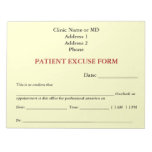
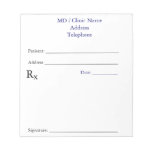
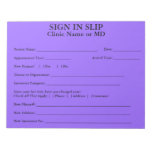
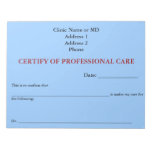


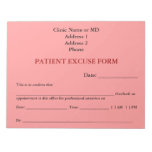
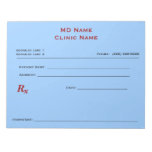

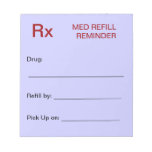



No comments:
Post a Comment